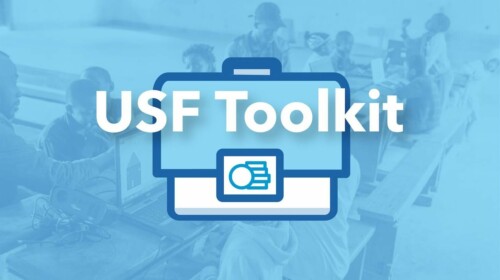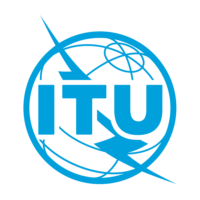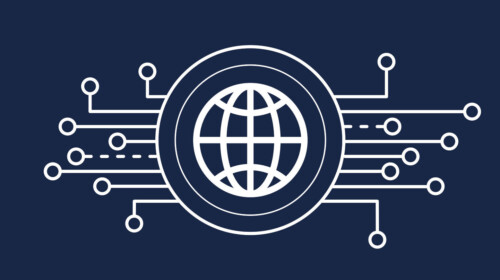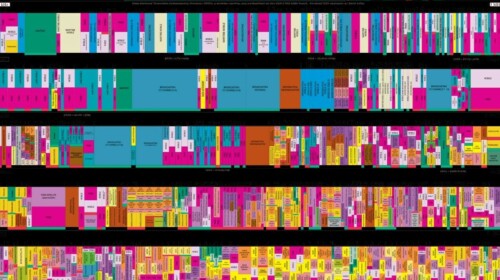The Universal Service Financing Efficiency Toolkit is a practical guide for impactful and sustainable universal access and service implementation. It provides analytical tools, examples, and templates that are grounded in practical experience and designed to help policy-makers, regulators and universal service fund administrators to navigate common questions and challenges they face when using public funds to design, implement and finance programmes and projects that facilitate access to digital technologies and communication infrastructure. This training provides concrete guidance on each of the four parts of the toolkit. This toolkit helps to navigate the multitude of business models that need financial support in order to have a local, municipal and national impact, as well as to meet the UN Sustainable Development Goals (SDGs) and targets related to and facilitated by digitalization. The ITU Universal Service Financing Efficiency Toolkit and training modules were developed by the International Telecommunication Union (ITU) with the support of Government of the United Kingdom Digital Access Programme (DAP) to promote effective regulation, greater investment, and innovative models for school connectivity in unserved communities and for broader digital inclusion.
Target Audience
The target audience for this course is policy makers, regulators and Fund administrators.
Learning Objectives
Upon completion of this course, participants will be able to:
- Understand the financing tools available as part of the toolkit
- Be able to assess the impact of digital and UAS strategies, and the performance of the Universal Access and Service Fund.
- Be able to design a roadmap to develop projects with monitoring and evaluation
- Be able to use tools to support project selection and implementation
- Be able to apply these tools to finance, design and assess school connectivity
- Be able to identify good practices








